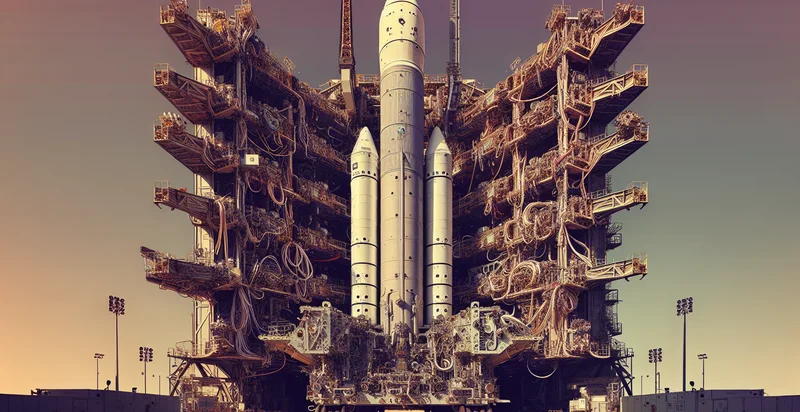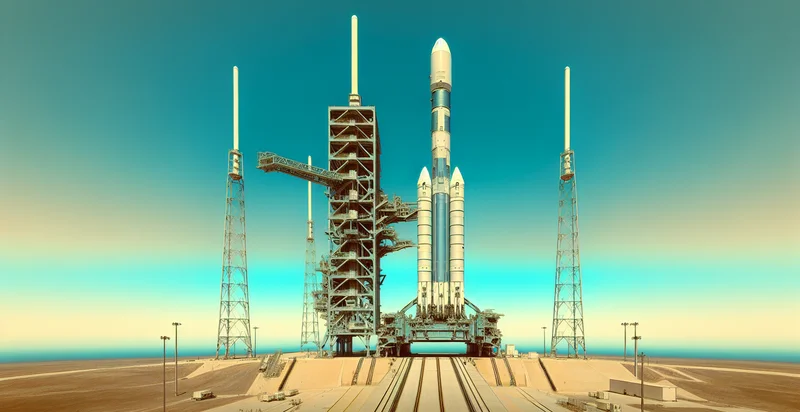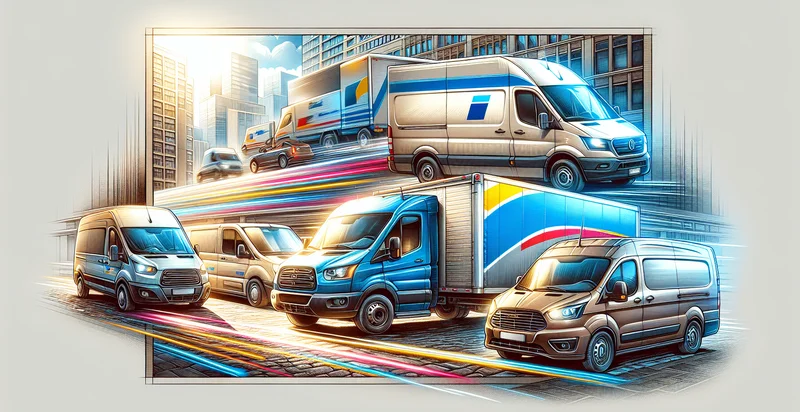Identify launch vehicle type
using AI
Below is a free classifier to identify launch vehicle type. Just upload your image, and our AI will predict the type of launch vehicle being used - in just seconds.

Contact us for API access
Or, use Nyckel to build highly-accurate custom classifiers in just minutes. No PhD required.
Get started
import nyckel
credentials = nyckel.Credentials("YOUR_CLIENT_ID", "YOUR_CLIENT_SECRET")
nyckel.invoke("launch-vehicle-type", "your_image_url", credentials)
fetch('https://www.nyckel.com/v1/functions/launch-vehicle-type/invoke', {
method: 'POST',
headers: {
'Authorization': 'Bearer ' + 'YOUR_BEARER_TOKEN',
'Content-Type': 'application/json',
},
body: JSON.stringify(
{"data": "your_image_url"}
)
})
.then(response => response.json())
.then(data => console.log(data));
curl -X POST \
-H "Content-Type: application/json" \
-H "Authorization: Bearer YOUR_BEARER_TOKEN" \
-d '{"data": "your_image_url"}' \
https://www.nyckel.com/v1/functions/launch-vehicle-type/invoke
How this classifier works
To start, upload your image. Our AI tool will then predict the type of launch vehicle being used.
This pretrained image model uses a Nyckel-created dataset and has 14 labels, including Air Launch Vehicle, Chemical Rocket, Electric Rocket, Expendable Launch Vehicle, Heavy Lift Rocket, Nuclear Thermal Rocket, Orbital Rocket, Reuseable Launch Vehicle, Satellite Launch Vehicle and Small Satellite Rocket.
We'll also show a confidence score (the higher the number, the more confident the AI model is around the type of launch vehicle being used).
Whether you're just curious or building launch vehicle type detection into your application, we hope our classifier proves helpful.
Related Classifiers
Need to identify launch vehicle type at scale?
Get API or Zapier access to this classifier for free. It's perfect for:
- Space Mission Planning: The 'launch vehicle type' identifier can be utilized by aerospace agencies to efficiently select appropriate launch vehicles for upcoming missions. By analyzing payload requirements and mission parameters, the system can recommend the most suitable options from an extensive database of vehicle types.
- Cost-Benefit Analysis for Launch Services: Satellite operators can leverage this function to compare costs associated with different launch vehicles. By identifying the optimal vehicle type for their satellite specifications, companies can minimize expenses while ensuring mission success.
- Market Research for Launch Providers: Launch service providers can use this technology to analyze market trends and competitor offerings. By identifying what vehicle types are most in demand, they can adjust their service portfolios to better align with customer needs and improve market competitiveness.
- Compliance and Regulatory Assessment: Regulatory bodies can implement this function to ensure that proposed launch vehicles adhere to safety and environmental regulations. By classifying launch vehicles accurately, they can streamline the approval process for new launches and maintain safety standards.
- Research and Development Prioritization: Aerospace companies can use the identifier to focus their R&D efforts on developing launch vehicles that are trending in the market. By understanding demand for specific types, companies can allocate resources to innovate and enhance their offerings.
- Supply Chain Optimization: Aerospace supply chains can benefit from this function by improving logistics and inventory management related to launch vehicles. By accurately classifying and forecasting vehicle types, companies can better align their supply chain operations to meet launch demands.
- Educational Tools for Training: The identifier can serve as an educational resource for universities and training programs in aerospace engineering. By providing students with insights into different launch vehicle classifications, it enhances their understanding of the industry and prepares them for future challenges in aerospace technology.


